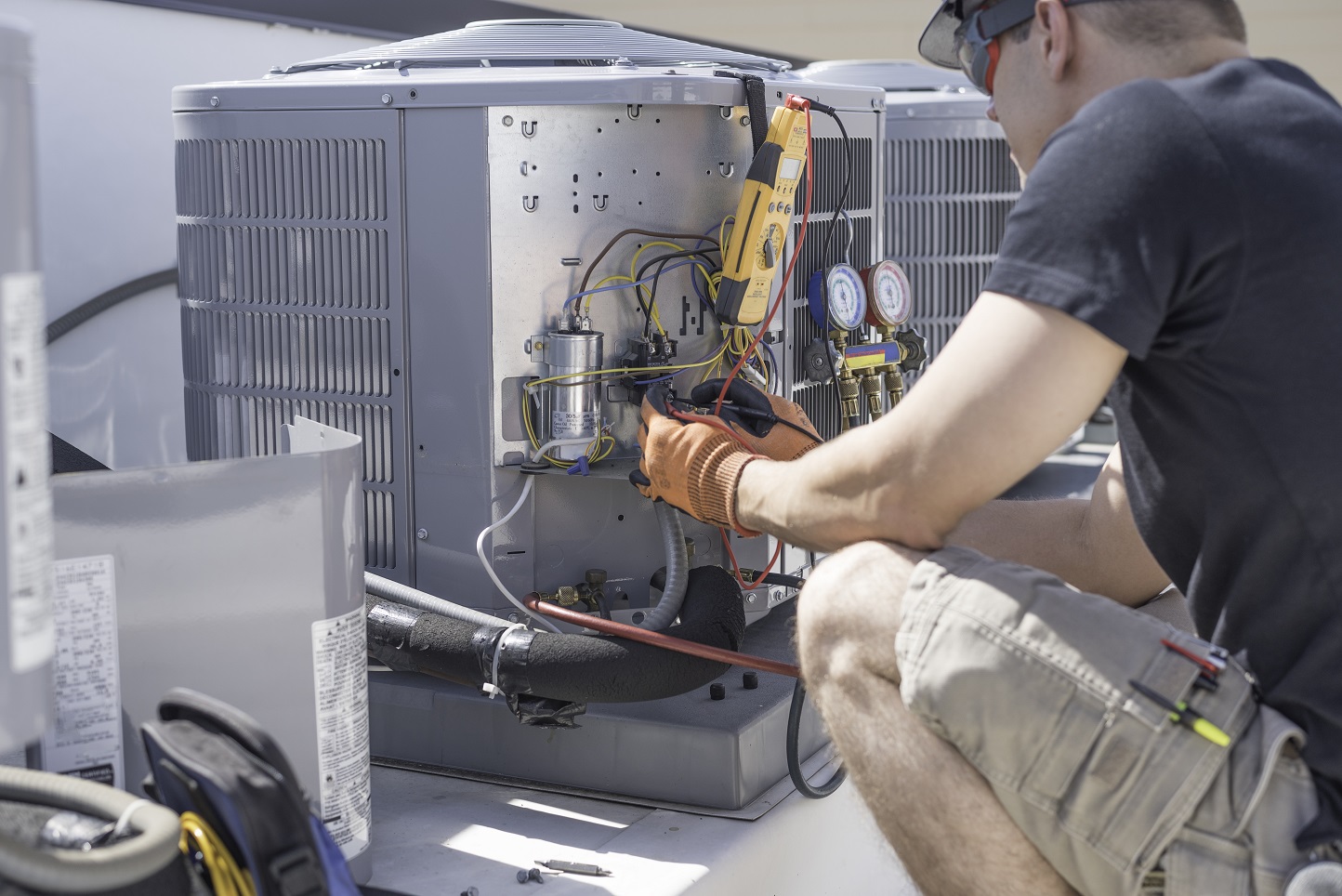The interior of your home can present special challenges when it comes to air quality. Because there are only so many ways to get whatever is polluting the inside your home on the outside of your home, it’s important to learn about indoor pollutants and how to determine if your home contains them. Indoor air pollutants can cause serious health problems, including fatalities, if toxins such as mold spores or carbon monoxide exist inside your home. Indoor air quality experts recommend education as well as home air quality testing in order to determine if your home contains pollutants that can cause health risks. Following is information concerning indoor pollutants and how to determine if your home contains the right indoor air quality.
Indoor air pollutants
Indoor air pollutants range in risk from mild or moderate, such as in the case of pet dander, to dangerous and even fatal, such as in the case of volatile organic compounds, some molds, and carbon monoxide.
Pet dander
Make no mistake about it; pet dander doesn’t just come from cats and dogs. Pet dander can be introduced into any home that contains any type of pet that has hair. Hamsters, ferrets, and even birds can contain pet dander that’s released into your home every time your pet scratches or licks itself. These actions create microscopic skin flakes that are released into the air and can cause allergy symptoms. Recommendations of the Asthma and Allergy Foundation include removing pets from a home where individuals suffer from pet dander allergies in order to improve indoor air quality. Recommendations are to find other appropriate and happy homes for these pets.
VOCs
VOCs, or volatile organic compounds, are a class of chemicals and organic compounds that evaporate easily into the air. These include many inorganic cleaning products, pesticides, varnish, and paint. If your home does not contain a proper degree of ventilation, VOCs will build up in the air. These can cause complications ranging from mild to severe and even fatal. Exposure to VOCs that build up and aren’t properly released from inside your home to the outdoors can cause nausea, vomiting, headaches, eye irritation, and even serious health complications such as kidney and liver damage.
Mold
Mold typically grows out of moist conditions inside a home. Mold isn’t always as visible as you might think. In fact, if you’ve got mold growing at its beginning stages, or if it’s growing inside the walls or other structures in the foundation of your home, you may not know about it until it has caused significant damage, including some serious health problems. Not all mold is the kind that can kill living things, but it’s best not to take chances. Mold spores in your home’s indoor air can cause respiratory problems, dizziness, central nerve system damage, and memory loss. Some can even lead to fatalities.
Carbon monoxide
Carbon monoxide is a highly toxic pollutant that must be aired out of a home immediately if detected. Also referred to as the ‘silent killer,’ carbon monoxide is odorless, tasteless, and invisible and it often kills before anyone in a home even knows it’s there. Carbon monoxide is undetectable unless with a special detecting device. It can enter a home through fuel-burning appliances such as gas stoves and furnaces, often due to improper installation or poor ventilation.
If your home does not contain the proper amount and level of ventilation, you likely have poorer indoor air quality than you realize. Do-it-yourself air testing kits can be purchased at many hardware stores and home improvement stores. All homeowners should purchase carbon monoxide detectors for continuous home monitoring. Additionally, home air quality systems have the ability to properly filter your home’s indoor air from pet dander, VOCs, and other indoor pollutants that can cause serious health risks to you, your family, and your pets.
Your home is supposed to be your sanctuary, but if it’s got poor indoor air quality, you and your family may be at risk. It’s important to test the air of your home’s interior in order to be aware of any potential threats that could be posed from pollutants and even toxins that can kill. A home air quality system can be an extremely valuable tool in determining if your home’s air is pollutant free. Contact an air quality system expert for more information.




